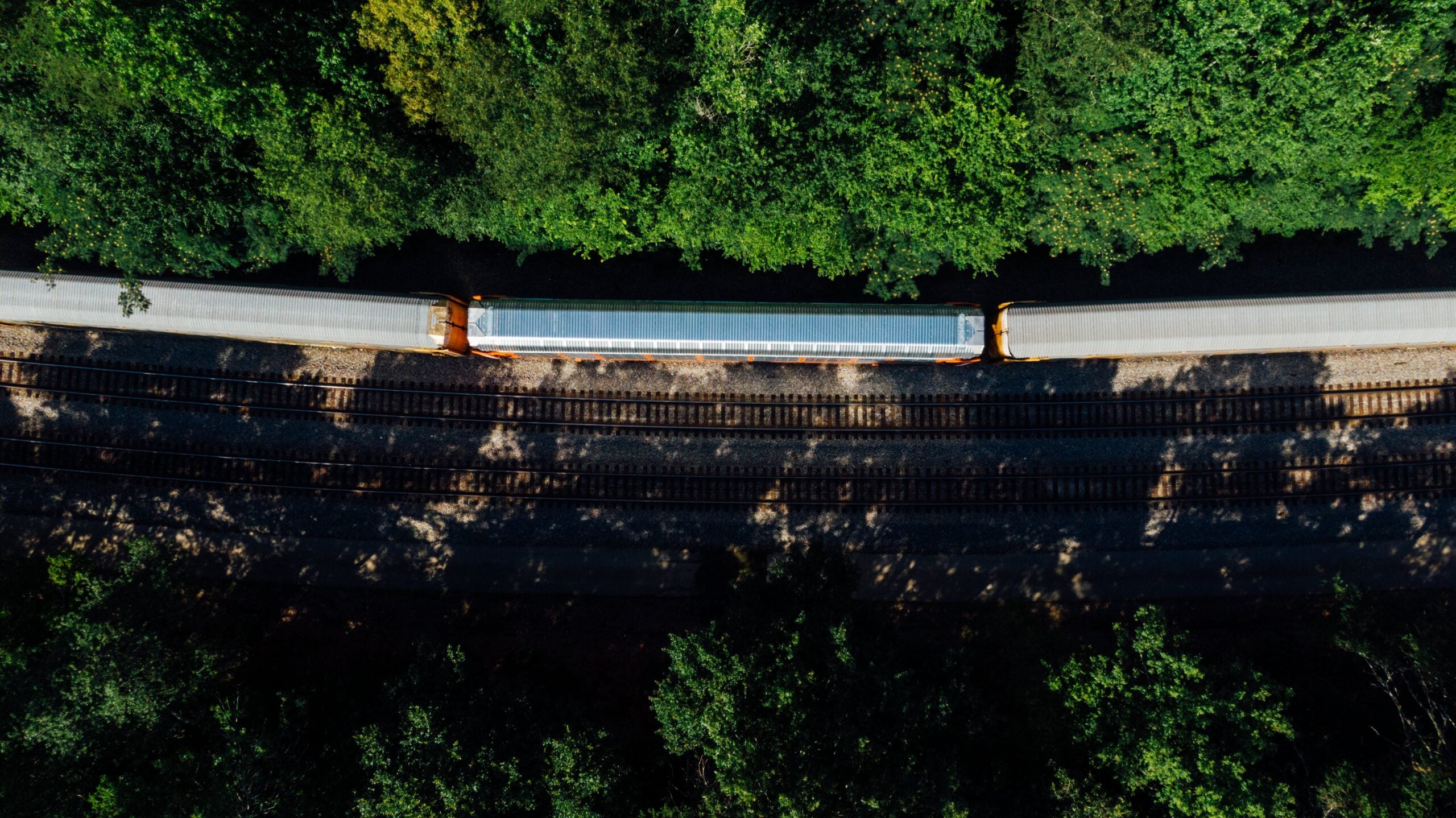
Compared to the first virtual IRS event, the second Rail Baltica webinar focused more on macro topics, such as the project’s approach to innovation, digitalisation and sustainability.
European perspectives were also at the centre of the conference, as members from EU agencies and association discussed the project within the Single European Railway Area.
Here are three things we learnt from the webinar.
Rail Baltica is an example of a well-connected European railway
According to the Association of the European Rail Industry (UNIFE), Rail Baltica sets an example as a digitally interoperable and well-connected European railway.
Representing European train manufacturers and rail control providers, UNIFE had always supported the Rail Baltica project.
The project will connect the Baltic countries to the rest of Europe via 870km of rail infrastructure, improving the continent’s connectivity and contributing to the EU’s climate goals.
“We think that RB is one of the most important projects of the next years,” commented UNIFE director-general Philippe Citroën. “We are sure that this project, which will link the Baltic states with the rest of Europe, is absolutely essential and has a very clear added value for all of us.”
Rail Baltica will also take advantage of the latest developments in digital transformation.
According to Citroën, the Rail Baltica project must be part of the Shift2Rail campaign, a European initiative to seek research and innovation initiatives for the integration of new technologies into rail solutions.
In the past, it was very difficult to bring Baltic companies into Shift2Rail, which encouraged the sector to work collaboratively for the last five years. With Rail Baltica, experts hope this gap will be bridged.
Another way in which Rail Baltica has set an example is the use of the most economically advantageous tender (MEAT) principle, which enables the contractor to award contracts based on other aspects rather than the price.
“We’ll hope it will be continuously applied in the future implementation stages of Rail Baltica,” he commented.
“It’s important to be sure that Rail Baltica will choose contracts not only on the concept of price but [that] there will be other criteria.”
Rail Baltica’s approach to innovation will be all-encompassing
According to Rail Baltica innovation and sustainability manager Andy Billington, the project will create a railway that has the potential to become a new economic corridor.
The project is being developed as an intermodal system, with developers taking an all-encompassing approach.
In the webinar, Billington explained that Rail Baltica developers’ approach to innovation is not looking at primary research but adapting solutions from other sectors.
As a part of this move, the project will avoid solutions that are specific to a particular vendor or railway in general.
“We want to integrate and provide a seamless intermodal transport [system],” he said. “We need to look wider, we need to look at transport in general.”
Billington added that orphaned solutions – projects that started years ago but had to be put on standby because of a lack of appropriate technology – could also be part of Rail Baltica’s approach given recent progress.
Container handling in transhipment, for example, was developed between ten and 15 years ago, but could not work because of a wireless connectivity problem.
Given today’s advancement in wireless connectivity, these transhipment containers, which were initially thought to work only from rail to road, could also work between 1520 and 1435 gauge railway models.
“We will look into that to see if that’s possible for faster transhipment than you currently would see.”
As for digitalisation, the Rail Baltica project does not have a legacy IT or business process, allowing it to look at more up-to-date technology. Fibre, unmanned aerial vehicles (UAVs) and radio frequency identification (RFID) are among the solutions considered.
Railways can be the backbone of mobility but only at a European level
A project like Rail Baltica does not exist by itself but will be part of the Single European Railway Area (SERA), the EU’s plan to migrate from national railways to a single railway system for all member states.
“There is no possibility of a local significant innovation. To move ahead we need a coordinated approach, with technical specifications, clear migration strategies and well-defined obligations and rights,” said Pio Guido, the European Union Agency for Railways (ERA) head of railway systems.
Established in 2004, the ERA is the EU agency compelled to develop the technical and framework to remove the technical barriers that impede the development of SERA.
Despite the difficulties born from decades of national developments in the railway sector, sustainable railways are a top priority for Brussels.
Out of six goals set by the European Commission (EC) for its 2019-2024 mandate, three are relevant for railways, including the European Green Deal and creating an economy that works for people.
The ERA is also working towards these goals by collaborating with the railway industry to finalise technical specifications for interoperability (TSI).
The agency’s aim is for TSI – which were drafted to ensure interoperability of the trans-European railway network – to be ready by the end of 2021.



